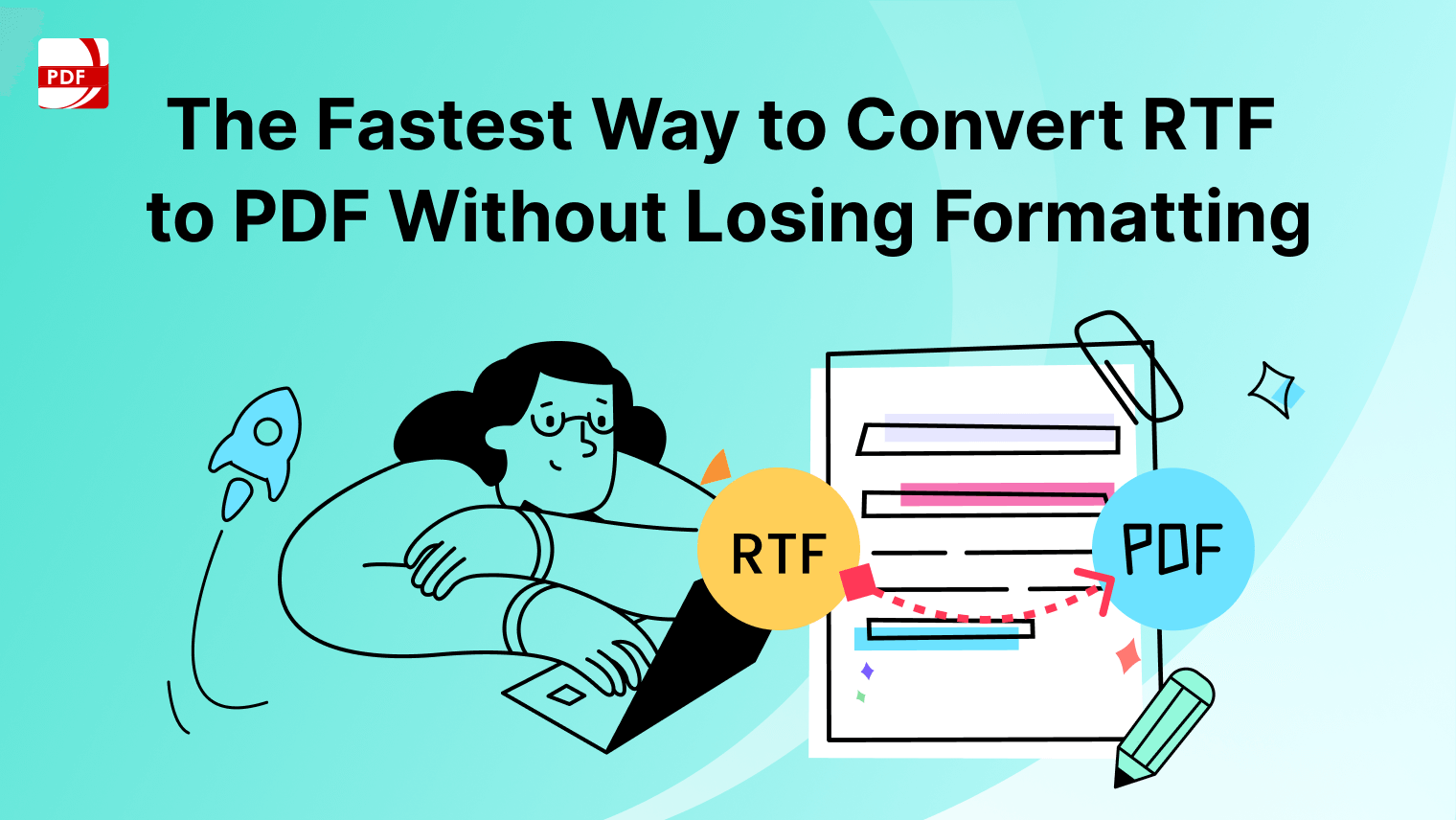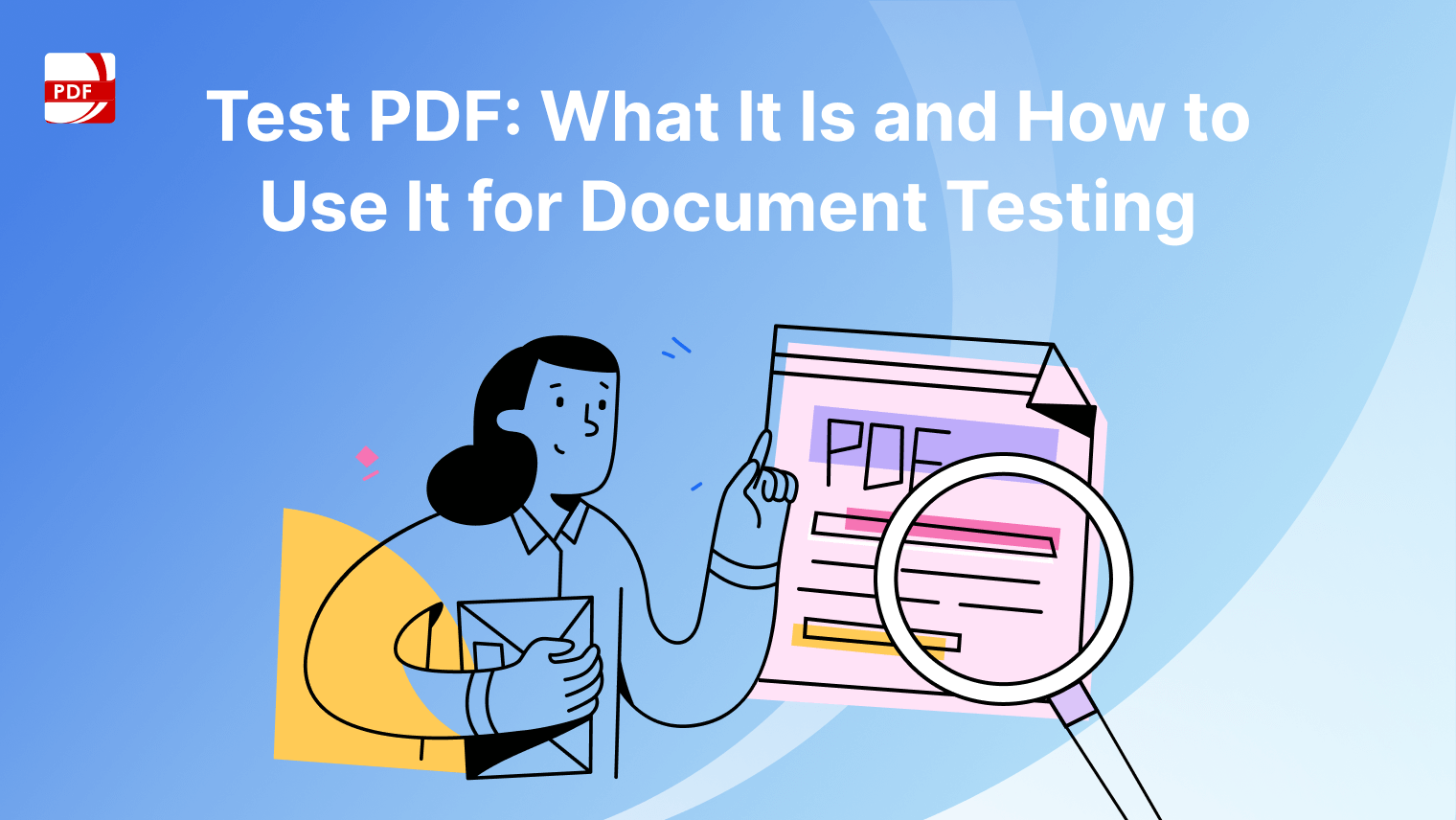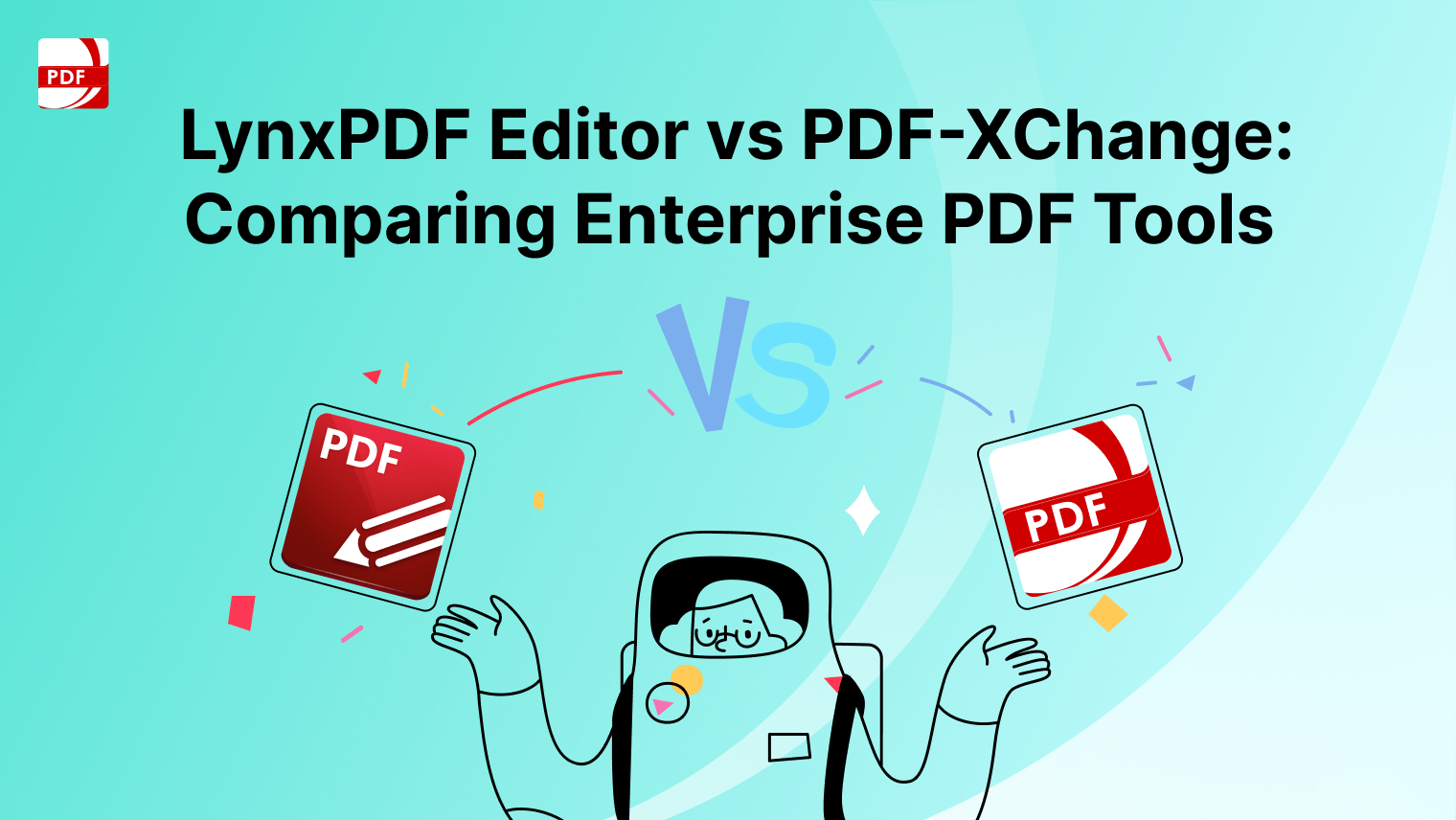To publish a children's book is an exciting venture for book authors, filled with creative opportunities and challenges.
From crafting captivating picture books to navigating the intricacies of traditional publishing and targeting the right audience, authors must consider various aspects.
Understanding the Children's Book Market
Key Characteristics of Successful Children's Books:
- Engaging Themes: Themes that resonate with children and are relevant to their experiences.
- Age-Appropriate Content: Tailoring the language, story complexity, and subject matter to the book's intended age group.
- Storytelling Elements: Captivating narratives that hold the attention of young readers.
- Educational Value: Books that offer learning opportunities in a fun and engaging way.
- Visual Appeal: Especially in picture books, illustrations play a significant role in attracting young readers.
Market Trends and Understanding the Target Audience:
- Genre Preferences: Trends such as the popularity of graphic novels and board books.
- Target Age Groups: Understanding the different stages, from infants to middle-grade readers.
- Publishing Trends: Recognizing the shift between traditional publishing and indie publishing.
- Manuscript Submission: The role and effectiveness of unsolicited manuscripts and query letters.
- Market Research: Staying updated on current market trends and what is popular in the children's book market.
- Audience Engagement: Understanding what captures the attention of both young readers and the adults who buy books for them.
Preparing Your Manuscript
- Refining the Story: Focus on crafting a narrative that is engaging, age-appropriate, and aligns with the themes popular in children's books. Consider the structure and pacing to make it captivating for young readers.
- Language and Characters: Tailor the language to the target audience, whether it's simple vocabulary for younger children or more complex language for middle-grade readers. Develop relatable and memorable characters that resonate with children.
- Professional Editing: Employ a professional editor or seek feedback to refine the manuscript. Editors specializing in children's books can offer valuable insights into making the manuscript more appealing to publishers and readers.
- Importance of Illustrations: In children's books, especially picture books and board books, illustrations are crucial. They not only complement the text but also aid in storytelling and keeping the child engaged.
- Collaborating with Illustrators: If you're not an illustrator, collaborate with a professional who can bring your story to life visually. The right illustrations can significantly enhance the appeal of your book.
- Targeting the Right Publisher: Research publishers who specialize in your book genre, whether it's chapter books, picture books, or non-fiction books for children. Tailor your submission to meet the specific requirements of these publishers.
This #childrensbook by @JosephACoelho is a great example of “less is more”: in just 10 words per page, he conjures up a world & invites young readers to build upon his tiny tales.
Each tale is interpreted by a different #kidlit illustrator. Here’s one I love by @ChuckGroenink. pic.twitter.com/U7CuNJ8lhy
— Stefan Karlsson (@stefkidlit) January 22, 2024
- Preparing the Submission Package: Ensure your submission package, including the cover letter, manuscript, and illustrations (if applicable), adheres to the submission guidelines of the targeted publisher. This can increase your chances of getting noticed.
- Self-Publishing Options: Consider self-publishing platforms like Amazon Kindle Direct Publishing KDP Select if you seek creative control over your book. Self-publishing can be a viable option for first-time authors and those targeting a niche audience.
PDF Reader Pro offers a comprehensive solution for preparing a children's book manuscript. It provides robust editing tools that allow authors to format text, insert images, and organize pages efficiently, ensuring the manuscript's layout aligns with publishing standards.
Additionally, its annotation and review features enable easy collaboration with editors and illustrators, facilitating a smooth, integrated workflow from the initial draft to the final manuscript.
Enhance your PDF management with PDF Reader Pro on your device!
Designing Your Book Cover
Designing the cover of a children's book is a crucial step in the publishing process, as it's often the first thing that captures the attention of young readers and their parents. Here are key elements to consider when designing your children's book cover:
Color Scheme
- Bright and Engaging Colors: Children are attracted to bright and vibrant colors. Use a color scheme that is appealing to young eyes. Consider the age group and the mood of the story when selecting colors.
- Contrast and Visibility: Ensure good contrast between the background and text for readability. The title should stand out.
- Color Psychology: Different colors evoke different emotions. For example, blue can convey calmness, while red can represent excitement or adventure.
Text
- Font Choice: The font should be easy to read and appropriate for the target age group. For very young children, choose simple, clear fonts.
- Font Size: The title should be the most prominent text on the cover. Ensure it's large enough to be read from a distance.
- Hierarchy: Clearly differentiate the title, author’s name, and other text elements through size and color.
Imagery and Themes
- Relevant Artwork: The imagery should reflect the theme and content of the book. It could be a character from the story, an important scene, or a concept that gives a hint about the book's content.
- Illustration Style: The style of the illustrations on the cover should match the illustrations inside the book. Consistency in style helps in branding your book.
- Engaging Elements: Consider adding elements that intrigue and attract a child’s curiosity, like playful characters or fascinating scenery.
Layout and Composition
- Balance: The layout should be well-balanced, with neither text nor images overwhelming the other.
- Alignment: Align text and images in a way that's pleasing to the eye and directs attention to important elements like the title and main image.
- Whitespace: Don’t overcrowd the cover. Effective use of whitespace can make the cover look clean and organized.
Kickstarter coming soon!
-#littlej #littlejandthewonderkey #wonderkey#kickstarter #childrensbook #blackkids #children #fairytales #littleredridinghood pic.twitter.com/iYxXVyy2QA
— J. Cutt Productions (@Jcuttdesign) January 23, 2024
Practical Considerations
- Print vs. Digital: Consider how the cover will look in print and on digital platforms. It should be effective in both formats.
- Spine and Back Cover: Don’t neglect the spine and back cover, especially for print versions. The spine should clearly display the book's title and author for visibility on shelves.
- Legibility: Check the legibility of all text elements against the cover’s background and imagery.
Additional Tips
- Test Your Cover: Show the cover design to your target audience (children and parents) and gather feedback.
- Professional Help: If possible, hire a professional designer or illustrator who specializes in children’s books.
- Market Research: Look at popular children's books for inspiration and understand what works well in your genre.
Choosing the Right Publishing Route
Traditional Publishing:
- Pros:
- Professional editing, design, and marketing services.
- Established distribution channels.
- Potential for higher credibility and wider reach.
- Cons:
- Highly competitive; harder to get accepted by a publisher.
- Less creative control over the final product.
- The longer process from manuscript to published book.
Hybrid Publishing:
- Pros:
- It combines the professional services of traditional publishing with the author's input.
- Greater creative control than traditional publishing.
- Faster process than traditional publishing.
- Cons:
- Authors may have to bear some publishing costs.
- Varying levels of quality and services among hybrid publishers.
- Less established distribution channels compared to traditional publishers.
Self-Publishing:
- Pros:
- Complete creative control over content, design, and marketing.
- Higher royalties per book sold.
- Immediate publication once the book is ready.
- Cons:
- Requires self-marketing and promotion.
- The author bears all costs for editing, design, and distribution.
- Potentially lower visibility and credibility in the market.
Thrilled to hear you value our brand! We're committed to delivering excellence and are grateful for your positive feedback. Your satisfaction fuels our dedication to providing top-notch services.
🌐 https://t.co/TM7gVhkD8O#amzselfpublishinghouse #roseosullivan #review pic.twitter.com/ukFRWCRqSj
— AMZ Self Publishing House (@AmzSelf) December 28, 2023
Deciding the Best Route:
- Consider Your Goals: If seeking wide distribution and industry recognition, traditional publishing might be suitable. For more control and a quicker process, consider self-publishing.
- Evaluate Your Resources: Assess whether you have the budget and skills for self-publishing or if you need the support of a traditional or hybrid publisher.
- Understand Your Audience: Determine which publishing route aligns best with your target audience. For example, picture books for young children might fare better with traditional publishers due to their distribution networks.
- Research the Market: Look into the success stories in your genre for each publishing route. This can give insights into what might work best for your book.
- Seek Advice: Consult with other authors, especially those who have published children's books, to understand their experiences and recommendations.
Crafting a Compelling Book Proposal (Tradition Publishing)
Essential Elements of a Children's Book Proposal:
- Synopsis: A concise and engaging overview of the story, highlighting key plot points and character development.
- Target Audience: Clearly define the age group and demographic the book caters to, ensuring alignment with the themes and language used.
- Marketing Plan: A strategy for promoting the book, including potential platforms, audience engagement methods, and unique selling points that make the book stand out.
Writing a Stand-Out Cover Letter and Summary:
- Personalization: Address the cover letter to specific agents or editors at the traditional publishing house, showing that you have done your research.
- Book's Unique Appeal: Emphasize what makes your book different from others in the market, focusing on original storytelling elements or unique perspectives.
- Professionalism: Ensure the cover letter and summary are well-written, concise, and free of errors, reflecting the quality of work in the manuscript.
Utilizing Keywords in the Proposal:
- Mention terms like 'picture books,' 'chapter books,' 'book market trends,' or 'graphic novels' if applicable to your work.
- Include specifics about your target audience, whether it's for 'middle grade,' 'board books,' or 'books for infants.'
- Highlight any unique elements like a 'fixed layout' or 'creative control' aspects that set your book apart.
- If your book aligns with current market trends or interests of specific publishers like Bear Press or Flashlight Press, mention this in your proposal.
Navigating the Submission Process
-
Identifying Potential Publishers and Agents:
- Research publishers and agents specializing in children's literature, focusing on those accepting unsolicited manuscripts.
-
Preparing the Submission Package:
- Prepare a submission package with a compelling cover letter, manuscript, and illustrations, adhering to each publisher's guidelines.
-
Writing an Effective Query Letter:
- Draft a concise query letter highlighting your book's uniqueness and tailor it to each publisher or agent's portfolio.
-
Submitting the Manuscript:
- Follow specific submission guidelines meticulously, whether for email or postal submissions.
-
Tracking and Following Up:
- Keep records of submissions and follow up politely after the response period has elapsed.
-
Handling Rejections and Feedback:
- Use rejections and feedback to improve your manuscript, seeking professional advice if necessary.
-
- If traditional routes don't work, explore self-publishing options, understanding the increased responsibility for creative control and marketing.
Self-Publishing Your Children's Book
-
Preparing the Manuscript:
- Finalize your story, ensuring it aligns with your target audience, whether it's picture books, chapter books, or middle-grade novels.
-
Illustrations and Book Design:
- Collaborate with illustrators for engaging visuals. Design your book, considering aspects like cover design, book layout, and whether you want a fixed layout or flexible design.
-
Editing and Proofreading:
- Hire professional editors and proofreaders to refine your manuscript, ensuring high-quality content.
-
Choosing a Self-Publishing Platform:
- Research and select a self-publishing platform, like KDP Select or independent publishers, that fits your goals and offers creative control.
-
Formatting for Self-Publishing:
- Format your book according to the chosen platform's requirements, focusing on print and digital formats.
-
Cover Design:
- Create an appealing and age-appropriate book cover, which can be done independently or with the help of a professional designer.
-
ISBN and Book Identifiers:
- Acquire necessary book identifiers like ISBN to give your book a unique identity.
-
Printing Options:
- Decide on printing options, considering factors like print quality, cost, and distribution channels.
-
Marketing and Distribution:
- Develop a marketing plan targeting your audience through various channels, including book readings, social media, and collaborations with book bloggers and reviewers.
-
Building an Online Presence:
- Establish an online presence through author websites, social media, and networking with the children's book community.
-
Engaging with Your Audience:
- Engage with your target audience and readers, receiving feedback and building a loyal reader base.
-
Monitoring Sales and Adjusting Strategies:
- Keep track of book sales and reader responses, adjusting your marketing and distribution strategies accordingly.
Marketing and Promotion Strategies
Techniques:
-
Social Media Marketing: Utilize platforms like Instagram and Facebook to showcase your book, share engaging content, and connect with your audience.
-
Book Readings and Signings: Host events at libraries, bookstores, and schools to read your book to children and engage with parents and educators.
-
Educational Events: Participate in educational workshops or school events, showcasing your book as a learning tool.
-
Collaborations with Book Bloggers: Partner with children's book bloggers and influencers for reviews and promotions.
-
Email Marketing: Build an email list to send updates, promotions, and exclusive content about your book.
-
Book Giveaways and Contests: Organize online giveaways and contests to increase engagement and visibility.
-
Ad Campaigns: Run targeted ad campaigns on social media or Google to reach a broader audience.
-
Book Trailers: Create and share book trailers online to capture interest.
-
Participating in Book Fairs: Showcase your book at local and national book fairs to reach a wider audience.
-
Local Media Engagement: Engage with local media for interviews, features, and community events.
An Author Page:
Building an author platform and engaging with the children's book community is crucial for marketing your book. An effective platform allows authors to establish their presence, showcase their work, and interact with readers, other authors, and industry professionals.
My #Amazon #author page is coming along. Latest #selfpublished #childrens #book added #UncleMungo https://t.co/QbcvHvXurc pic.twitter.com/JhElvH3KyH
— Phil Mansell (@PhilMansell) February 20, 2019
Creating a website, maintaining active social media profiles, and regularly contributing to online forums and groups dedicated to children's literature are effective ways to build this platform.
Legal and Financial Considerations
-
Copyright Laws:
- Understanding Copyright: Familiarize yourself with copyright laws to protect your intellectual property.
- Securing Rights: Ensure you have the rights for all elements in your book, including text and illustrations.
- Registration: Register your work with the relevant copyright office for legal protection.
-
Illustration Rights:
- If collaborating with an illustrator, establish a clear contract that outlines rights and royalties for illustrations.
-
Publishing Contracts:
- Understanding Contracts: Thoroughly review and understand any publishing contracts before signing.
- Negotiating Terms: Be prepared to negotiate terms, including royalties, advance payments, and rights.
- Legal Advice: Consider consulting a legal professional with experience in publishing contracts.
-
Royalties and Earnings:
- Understand the royalty structure, which can vary based on the publishing route (traditional, hybrid, self-publishing).
- Royalty Rates: Learn about standard royalty rates for children's books and how they are calculated.
-
Self-Publishing Costs:
- If self-publishing, consider costs for editing, design, illustration, printing, distribution, and marketing. Learn more about self-publishing an ebook.
- Budgeting: Create a budget to manage these expenses effectively.
-
Marketing and Promotion Costs:
- Allocate funds for marketing and promotional activities to enhance the book's visibility.
-
Sales and Distribution:
- Understand the financial aspects of distribution channels, including online retailers and bookstores.
- Profit Margins: Be aware of the profit margins associated with different sales channels.
-
Tax Considerations:
- Keep track of income and expenses related to your book for tax purposes.
- Tax Deductions: Identify potential tax deductions related to publishing expenses.
-
Financial Planning:
- Develop a financial plan for your publishing venture, including long-term income projections and break-even analysis.
-
- Consider options for funding your book, such as crowdfunding, personal savings, or grants for children's literature.
- Consider options for funding your book, such as crowdfunding, personal savings, or grants for children's literature.
Learning from Rejections and Feedback
Navigating rejections and feedback in the children's book publishing journey is an essential part of the process. It's important to view rejections not as setbacks but as opportunities to improve and refine your manuscript, using constructive feedback to enhance its appeal.
You can also check our recommendations for quickly obtaining a doctor's note.
Children's Book: FAQ
How do I know if my children's book idea is good enough?
Assess if your book idea addresses themes or stories that resonate with children. Consider getting feedback from your target audience or a professional editor.
Do I need an illustrator for my children's book?
For picture books, illustrations are crucial. You can collaborate with an illustrator or, if you have the skills, create them yourself.
Should I pursue traditional publishing or self-publishing?
Traditional publishing often provides more support but is more competitive and offers less creative control. Self-publishing gives you more control and higher royalties but requires you to handle all aspects of publishing and marketing.
How do I submit my manuscript to a publisher or agent?
Research publishers or agents that accept children's books. Prepare a strong submission package, including a cover letter, synopsis, and your manuscript, following their specific guidelines.
What should I include in a book proposal?
A book proposal should include a synopsis, target audience, marketing plan, and a sample or full manuscript, depending on the publisher's requirements.
How can I market my children's book effectively?
Utilize social media, book readings, educational events, and an author website. Engage with your audience and the children's book community for visibility.
Do I need to worry about copyright for my children's book?
Yes. Understanding copyright laws is essential to protect your work and ensure you're not infringing on others' rights.


